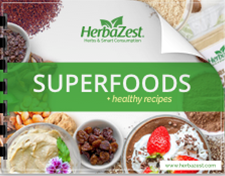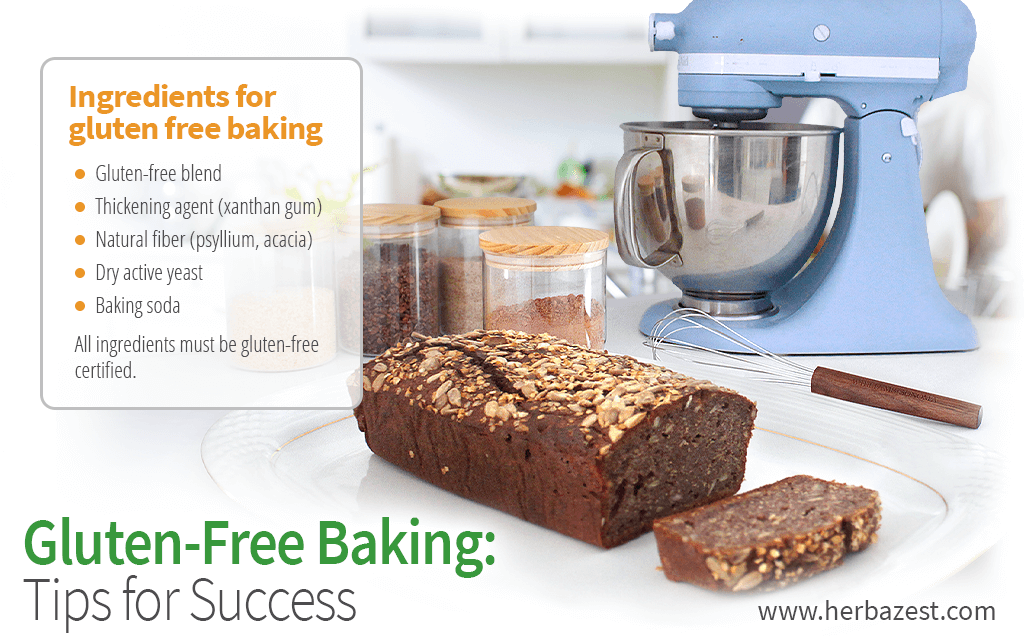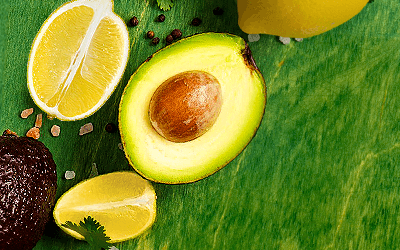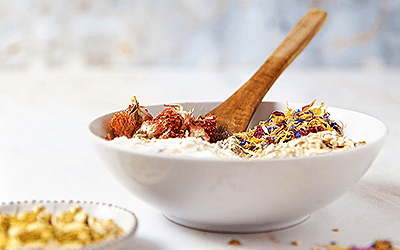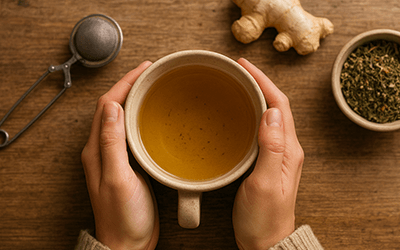From collapsed breads and dry muffins to cakes that taste powdery, those who tried gluten-free baking have seen it all. That's why they often resort to store-bought gluten-free products which, unfortunately, tend to be expensive, highly processed, and full of additives, refined sugar, and unhealthy fats. In case you are wondering, is there a trick to baking with gluten-free flour? The answer is yes! Gluten-free baking can be a very satisfying experience once you learn a few tricks! Buckle up for our guide to gluten-free baking, including top challenges, common mistakes, and troubleshooting tips.
So, Why Is Gluten-Free Baking So Difficult?
For people who are new to a gluten-free lifestyle, baking is often the trickiest to master, and these are a few reasons why:
- Being unfamiliar with the most common ingredients necessary for best results.
- Having problems combining the right amount of flour and starches to obtain a moist and fluffy dough.
- Lacking knowledge on how to add fiber and nutrient-rich flours to gluten-free baking goods.
- Applying the same rules of traditional baking when it comes to consistency, proportions, baking time, and appearance.
To succeed in gluten-free baking, forget everything you know about baking with gluten. Typically, gluten-free doughs are not as malleable as those made from wheat flour. They may look sticky and messy, and they're not easy to knead by hand.
Another difference to consider when baking with gluten-free ingredients is the natural absence of that typical golden-brown look that makes wheat flour-based goods so attractive; however, you can get comparable results by using a few simple tricks.
Troubleshooting Common Gluten-Free Baking Mistakes
- Adding too little liquids to the mix. Gluten-free doughs usually require a bit more liquid because starches and other ingredients have a higher capacity of absorption. On the other hand, exceeding the recommended amount of liquids in a recipe is not advised either. Just follow the recipe and trust the process.
- Using just one gluten-free flour. A good gluten-free blend requires at least one flour and two types of starches; otherwise, the resulting product will crumble.
- Miscalculating baking time. Gluten-free doughs react differently to heat. They need lower temperatures and take a bit longer to bake. When inserting a toothpick, it will never come out completely clean, but it is ok if it is slightly moist. If you leave it in the oven for longer, you will end up with dry cakes or rock-hard breads.
- Missing the thickener. In the absence of gluten, you will need a thickening agent, such as xanthan gum, which will nicely bond to the other ingredients, adding consistency and making the dough fluffier and more elastic.
- Forgetting to add fiber. Natural fiber sources will enrich your gluten-free doughs and keep them moist.
Making Your Own Gluten-Free Flour Blend
There are many gluten-free mixes available on the market, which can be used for a variety of purposes. However, gluten-free products are always significantly more expensive and are not always the healthiest. Luckily, with just a few ingredients, you can make your own gluten-free blend at home at a fraction of the cost.
To make a basic gluten-free mix, you'll need the following:
- 2 ½ cups (400 grams) of corn starch
- 2 cups (300 grams) of rice flour
- 2 cups (300 grams) of tapioca flour
This basic mix can be further enriched by replacing part of the rice flour (about ½ cup) with a more nutritious alternative, such as buckwheat, chickpea, almond, and many other nutritious gluten free flours. Mix these ingredients in a bowl and voilà!
Once you have your gluten-free blend ready, you will need to add a thickener to replace the gluten that gives fluffiness and texture to baked goods. Here are your options:
- Xanthan gum. This thickening agent can mimic the bonding properties of gluten, and it is a must for baking cakes and bread.
- Psyllium husk. Psyllium is an extremely popular addition to flexible and elastic gluten-free doughs. As a bonus, it offers a good amount of fiber.
- Acacia fiber. With properties similar to those of psyllium but a finer texture, acacia fiber powder can be used to obtain moist and elastic preparations, with the added benefit of being a great prebiotic.
Depending on what kind of recipe you have in mind, you may need to add:
- For breads or pastries: You'll need to add dry active yeast to the bowl (about 10 gr per 2 cups of mix) as well as xanthan gum (usually a teaspoon).
- For cakes and pancakes: You'll need to add baking powder (about 1 tablespoon per 2 cups of mix). A good tip for fluffy cakes and pancakes is also adding baking soda (a tablespoon per 2 cups of mix) and apple cider vinegar (a tablespoon per 2 cups of mix).
Remember that all ingrediente must be gluten-free certified in order to prevent undesirable effects.1
Recipes to Get You Started
Once you have all these basic ingredients, the sky is the limit! You will be able to prepare all kinds of healthy recipes that are both gluten free and delicious, such as Vegan chocolate amaretti cookies, Maca gluten-free bread, Amaranth carrot flatbread, Gluten-free blueberry donuts with lupin flour, and much more!
Without a doubt, gluten-free baking is a whole new world. Give it time and enjoy the process. Soon you'll master the simple concepts, and you will experiment with making anything from gluten-free pancakes and bread to cakes, pasta, and much more!
Sources
- Foods, Gluten-Free Bread and Bakery Products Technology, 2022
Footnotes:
- U.S. Food & Drugs Administration – FDA. (2018). Gluten and Food Labeling. Retrieved October 26, 2022 from https://www.fda.gov/food/nutrition-education-resources-materials/gluten-and-food-labeling
